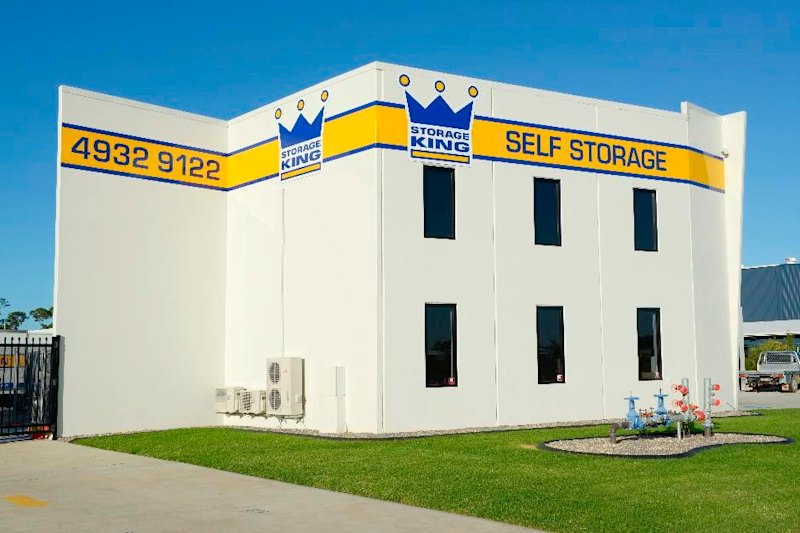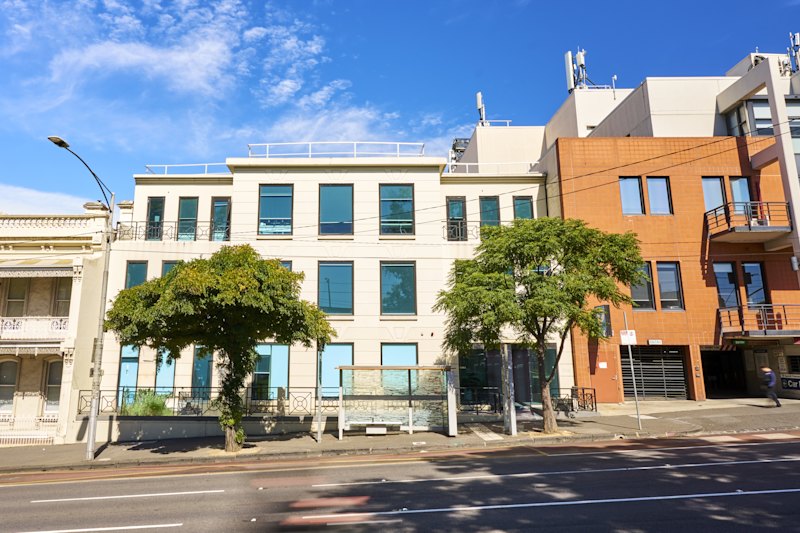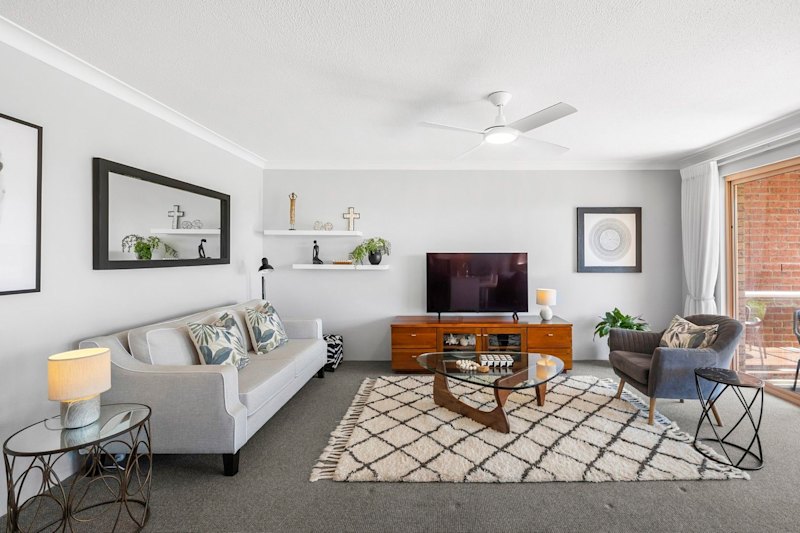A good architect will work to your budget: Why a solar passive house could save you money
The thought of being able to stay warm without a heater in a Canberra winter may sound preposterous, however, an architecturally designed solar-passive home could do away with the need for extra heating.
An architect-designed house is an option many think too expensive, but in the long run it may actually save you some money as you have a better functioning property that doesn’t cost a lot to heat or cool.
According to the chair of the sustainability committee of the Australian Institute of Architects in the ACT, Shannon Battisson, “a good architect will work to your budget”.
“There’s two types of environmental architecture that work really well in Canberra’s climate, there’s solar passive – living areas on the north and good insulation – and a passive house where you build a super high-performing building envelope.”
The institute is running a solar house bus tour over two coming Sundays – July 29 and August 5 – offering curious members of the public the opportunity to peek inside solar passive and passive houses in Canberra.
“We do it as close to winter solstice as possible, although it is the coldest weather it is also the sunniest weather,” Ms Battisson says.
“Walking into these houses when it is two degrees outside, but 22 degrees inside, makes it instantly clear why solar passive homes are worth it.”
Gunn Street House in Yarralumla, designed by Sarah Truscott of Philip Leeson Architects, is one of the houses that will be welcoming a bus-load of visitors.
The house was designed for orientation to the western street address, as well as living areas set to the north “to maximise passive solar orientation for the living spaces”.
“As far as the actual design of the house is concerned, the western facade has deep overhangs from trees which help shelter it from the summer sun,” Ms Truscott says.
“In the living room there’s a north-facing floating roof to the living rooms so a future solar array can be installed.
“There’s also concrete slab on-ground construction with really high insulation underneath.”
- Related: Denman Prospect home wins top ACT building award
- Related: How to achieve an eight-star energy efficiency and reap the benefits
- Related: AFP facility wins ACT’s top architecture award
Ms Truscott says this home was designed with a budget in mind.
“It needed to be bespoke yet affordable. At the end of the day, clients come to you with a brief and a budget.”
“It’s our responsibility to work within that as closely as we can.”
The solar house bus tour is a part of the ACT Institute’s annual Solar House Day, held this year on Wednesday July 25.
The institute will be hosting two free events: a “speed-dating session” in which members of the public get a five-minute consultation with an architect, and a public lecture, The future of housing in Canberra: What does it looks like?.
According to Ms Battisson, the nation’s capital is on the verge of a shift in housing options.
“The ACT is famous for having some of the strictest building design rules in Australia and the government is indicating that perhaps have such strict rules are not leading to the best innovation,” she says.
“If the ACT government proceeds with what they have been saying, we are going to start seeing innovation and variation. We are going to see character come back into housing.”
Information about Solar House Day can be found here.
We recommend
We thought you might like
States
Capital Cities
Capital Cities - Rentals
Popular Areas
Allhomes
More







